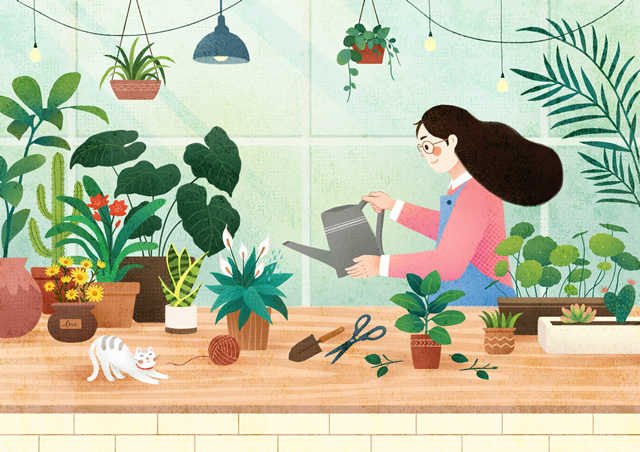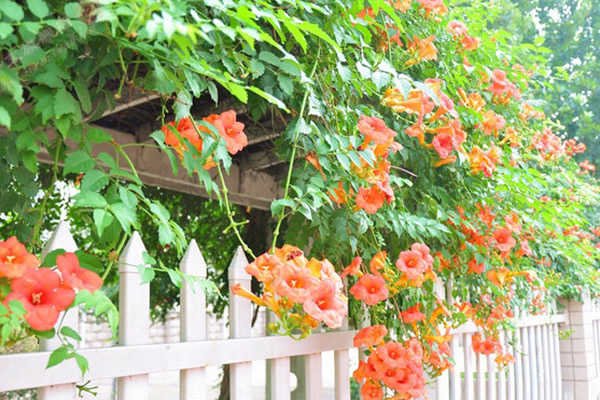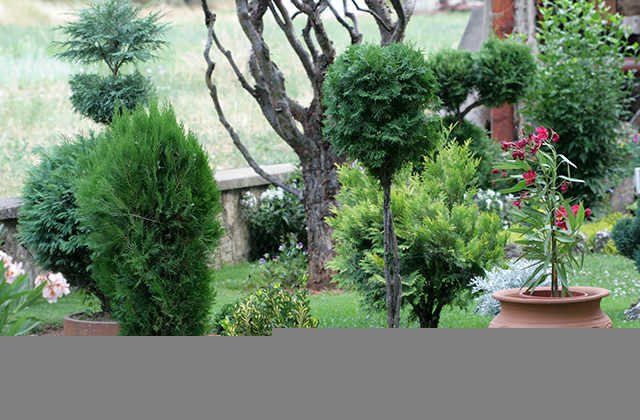Is it necessary for flowers and plants to change the roots? What season is appropriate?
1. Is it necessary to change the roots of flowers and plants?
1The root washing is a transformation for the plants. It can completely get rid of the old soil and re -adapt to the more fertile soil. Once adapting to the new soil, the growth can be described as a tremendous change.
2However, the root washing is risky. Some flower buddies do not seasons, regardless of the dormant period, and wash the roots before the Flower pot. As a result, after the planting, the plants were dead.The purpose of washing roots is to remove the old soil. When changing the basin, it is easy to remove the old soil a few days in advance.
3If you are a novice, do not wash your roots in the face of the newly bought plants, because the old soil is a guarantee for plants. As long as you water it, you can continue to adapt to this soil.When you are re -rooted, the roots are pelvis.
4As well asIf you are a technical predecessor, you can control the roots without washing your roots. If you are a novice flower friend, you can repair the roots appropriately. It is not recommended to wash your roots unless you know this plant.Don't look at others to wash your roots, just wash it. This is wrong.

2. What season is suitable for flowers and plants
1. Change the soil that does not bloom, and try to enter the peak season in spring
We see the flowers and plants that we see in our daily life, such as Green Loos, Happiness Trees, Solk Orchids, Fortune Trees, Ivy, etc., are mainly viewing leaves.When such flowers and plants change soil, they can be carried out before the spring season before spring.
At this time, the flowers and grass roots are relatively active, and the temperature is relatively suitable for growth (10-25Between the degree), the new roots will grow quickly after changing the soil, and then enter the rapid growth period, which has little effect on growth, and the risk of changing the soil is also small.
2. Only flowers of flowers once a year, try to change the soil after the flower
Evergreen flowers that only bloom flowers once a year, such as Clivia, some orchids, camellia, azaleas, etc., it is best to change the soil after the flowers are opened, and the trim can be trimmed by the way.
The reason why these flowers need to change the soil after flowering: one is that the temperature is more suitable for changing the soil when they finish the flowers, and the other is because these flowers have been differentiated with flowers and buds.The change of soil changes has little effect on the growth of the plant. After the pot is changed, it will not affect the next flower bud differentiation.
3. flowers that bloom many times a year, try to change soil in early spring
flowers that can bloom multiple times a year, such as jasmine, rose, bougainvillea, Changchun flowers, small hibiscus, continuous roots, peony Hanging orchids, endless summer, water lilies, desert roses, etc.When changing the soil, it can be blossoming quickly when it is restored, and it will not affect the flowering period because of changing the soil.
The reason is that once these flowers start to grow, it means that it is necessary to bloom, and the change of soil during growth will definitely affect the flowering period.The growth of growth in the early spring has not begun or is about to begin. The root system is active. After changing the soil, you can take the pot quickly, and then start to grow and bloom. The effect is the least effective.
4. Special types of flowers choose the appropriate time to change the time according to the growth characteristics
Some flowers are special, and it is necessary to fully consider its growth characteristics when changing the soil.For example, peony flowers, change soil will be carried out in autumn, and plant peony in spring, and will not bloom when it is old.For another example, the chamber ofocation must be carried out in autumn. You can dig out the ball out of the autumn during the summer sleep in the summer. You can also let it spend the dormant period in the Flower pot.New soil planting.


